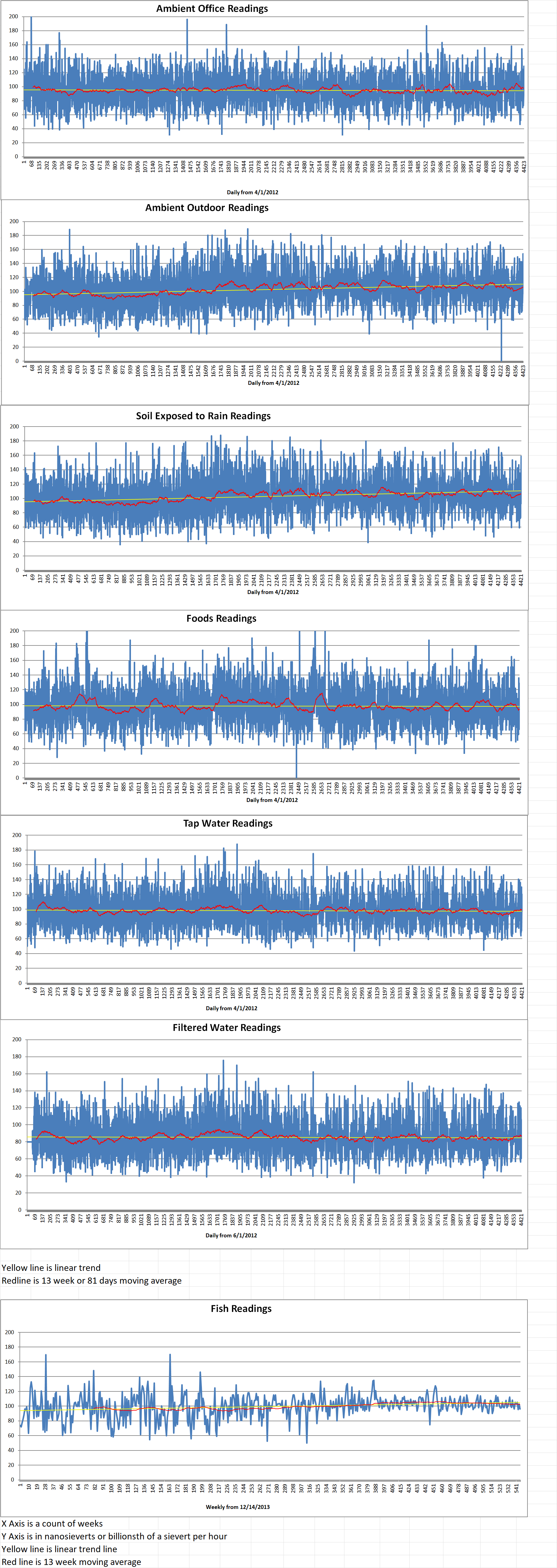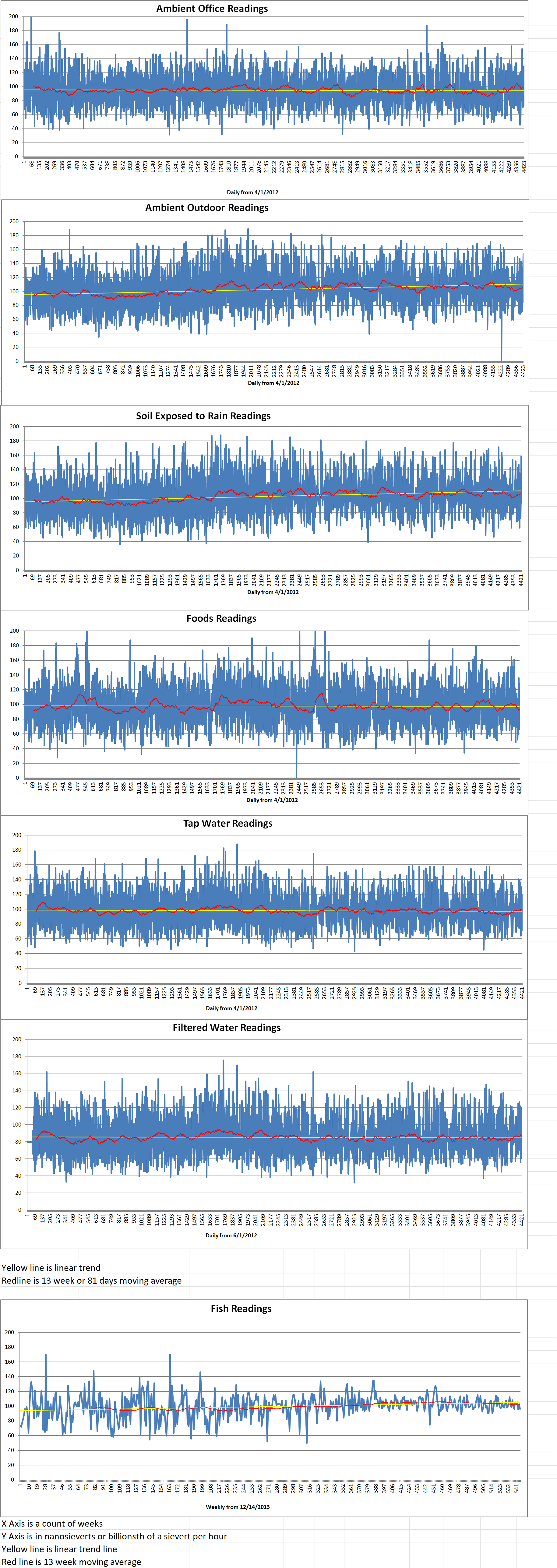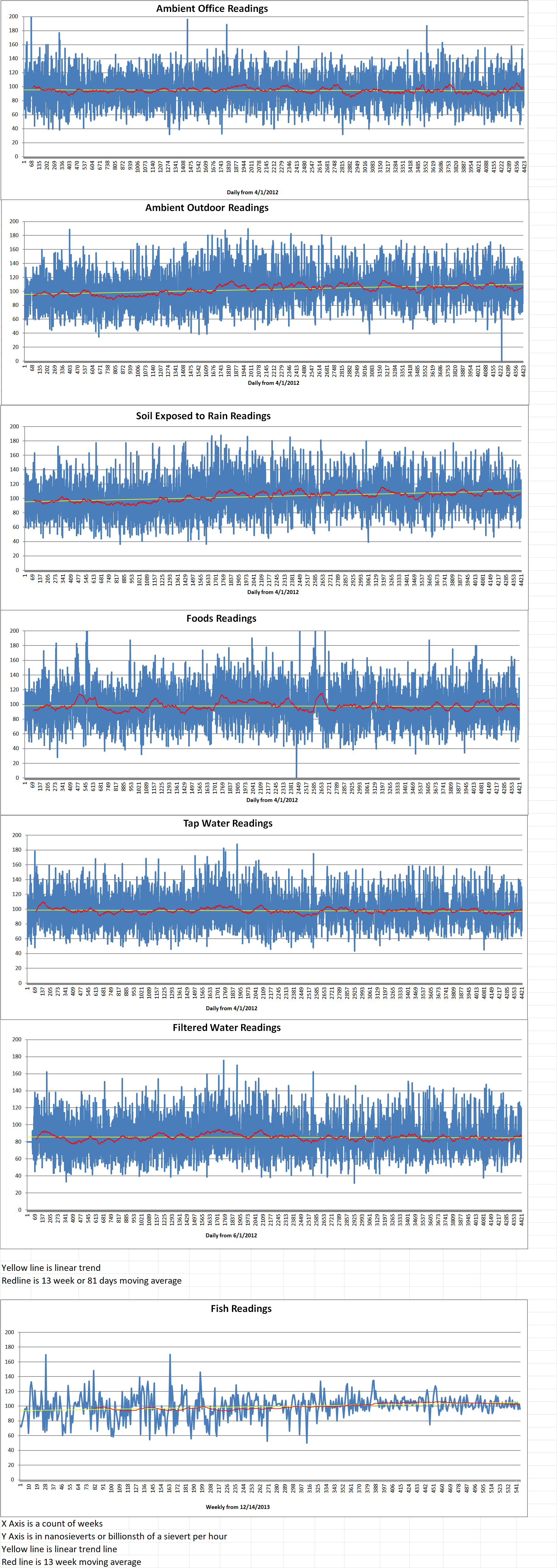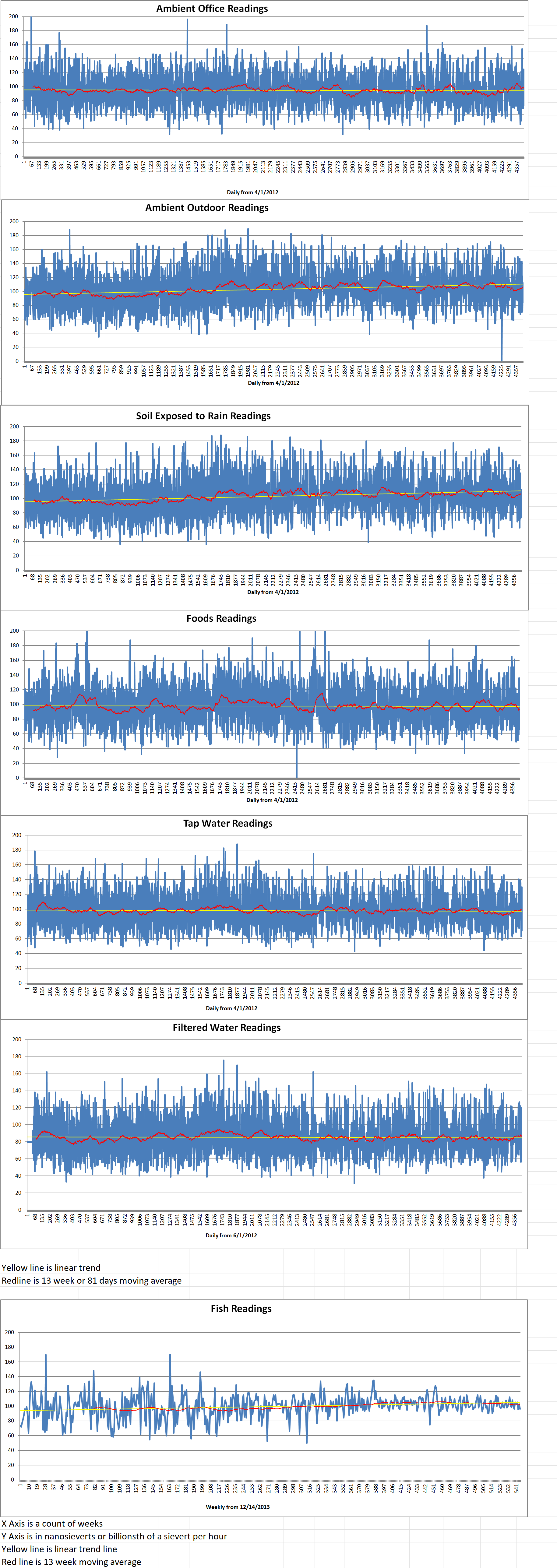Nuclear fission reactors already provide air-pollution-free power from 54 plants in 28 states. The locations account for just more than eighteen percent of the electricity generation in the U.S. However, the plants produce long-lasting radioactive waste. Rare and well-publicized meltdowns are also possible in nuclear fission reactors, but they are rare.
Physicist Amory Lovins is the co-founder of Colorado clean energy think tank Rocky Mountain Institute, He said that fission nuclear plants are increasingly costly to develop. He added that sun and wind projects are better choices for grid-level energy production.
Fusion is put forward by proponents as a nuclear solution that addresses most of the concerns. Fusion combines the nuclei of atoms to make energy, while fission splits them apart. Both reactions happen by slamming two nuclei together as part of a process involving enormous speeds and temperatures.
Pacific Fusion is a startup researching nuclear fusion founded by Eric Lander, Will Regan, Keith LeChien, Carrie von Muench, and Leland Ellison. They say on their website that “Fusion is what powers the stars, where hydrogen is squeezed into helium … Fusion could be the ideal power source — emitting no CO2, requiring far less materials and land than other power sources, and offering billions of years of nearly free, globally accessible fuel. The challenge is making affordable systems to use that fuel.”
Pacific’s fusion reactor looks a quite different than the typical doughnut-shaped tokamaks being developed by experts in southern France and elsewhere to safely contain fusion reactions. Pacific’s device is made of rows of stacked tubes angled toward a dome-shaped chamber at the center, according to a company-published artist’s drawing.
In the Pacific fusion reactor, electromagnetically compressed energy pulses at 100 billionths of a second are of being sent through transmission lines, where they are coupled by two electrodes before hitting a small container of deuterium-tritium fuel. Once there, they causes a crucial fusion reaction.
Pacific claims that it uses “established science” and “proven engineering” vetted by experts in government labs. The company started the effort to bring the pulsed magnet fusion concept to market in 2023 after realizing its viability with low-cost materials and maintenance.
The founders wrote that “Our fuel is vastly cheaper than fossil fuels, even accounting for consumables such as fuel containers.”
If the Pacific design can be safely scaled, the energy source could increase the country’s share of power produced with little or no heat-trapping fumes, resulting in planetwide benefits.
The National Oceanic and Atmospheric Administration reports that air pollution can dissolve into seawater, causing acidification that harms marine life. That is a serious problem because seafood feeds about three billion people worldwide. The industry also provides an income for up to twelve percent of the world’s population, all noted by the Nature Conservancy.
In the short term, people can help reduce pollution by switching to LED lights, which produce five times less planet-warming fumes than traditional bulbs. This easy upgrade can save six hundred dollars per year when forty bulbs are replaced in the average house.
Eventually, LEDs may be powered with help from energy pulses and fusion reactions. The Pacific team has nine hundred million dollars in funding from investors to support its work, with the goal of building a device that creates more energy than is needed to operate, according to the company.
The founders wrote that “We have a clear path toward achieving these goals, and we’re well on our way to completing our first major milestones.”
Pacific Fusion






